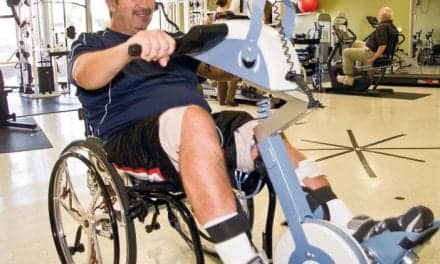Parkinson’s disease (PD) patients can benefit from participating in physical activity, and physicians should be confident about prescribing it to improve the patients’ health and quality, a recent study notes.
Especially beneficial benefits for PD patients are improved gait and balance, and a reduced risk of falls.
In their investigation, published recently in Journal of Parkinson’s Disease, researchers analyzed 106 studies conducted over the past 30 years, which resulted in 868 outcome measures.
The researchers then grouped the outcomes into four categories—(1) physical capacities (eg, strength, flexibility), (2) physical and cognitive functional capacities (eg, gait, mobility, cognitive functions), (3) clinical symptoms of PD (eg, rigidity, tremor, posture alterations), and (4) psychosocial aspects of life (quality of life and health management)—to determine whether physical activity had a positive effect in each category.
They then subdivided these categories into subcategories to look for more specific benefits, according to a media release from IOS Press.
The researchers note that physical activity was most effective for benefiting physical capacity and physical and cognitive functional capacity. Physical capacity includes subcategories such as limb strength, endurance, flexibility or range of motion, motor control, and metabolic function. More than 55% of all studies found positive effects in these two main categories. Some subcategories, such as upper limb strength, saw improvement in almost 67% of all studies. The results in subcategories of cognitive function were low, but the researchers note that there were only nine studies that measured cognitive improvement from PA for PD patients. This might indicate that further research in this area is needed.
The connection between physical activity and clinical symptoms of PD, and psychosocial aspects of life, are less clear, with only 50% and 45.3% of results reporting positive effects, respectively. In the clinical symptoms of PD category, both the highest (motor evaluation, gait and posture alterations) and lowest (bradykinesia, freezing and tremor) effectiveness rates were found across the subcategories, the release explains.
“In addition, to confirm the positive role of physical activity for patients with PD, this study has identified areas in which more research is needed. As such it will serve as a guide for future investigations,” states Jean-Francois Daneault, the study’s co-author and a postdoctoral fellow at Harvard University, in the release.
[Source(s): IOS Press, Science Daily]





